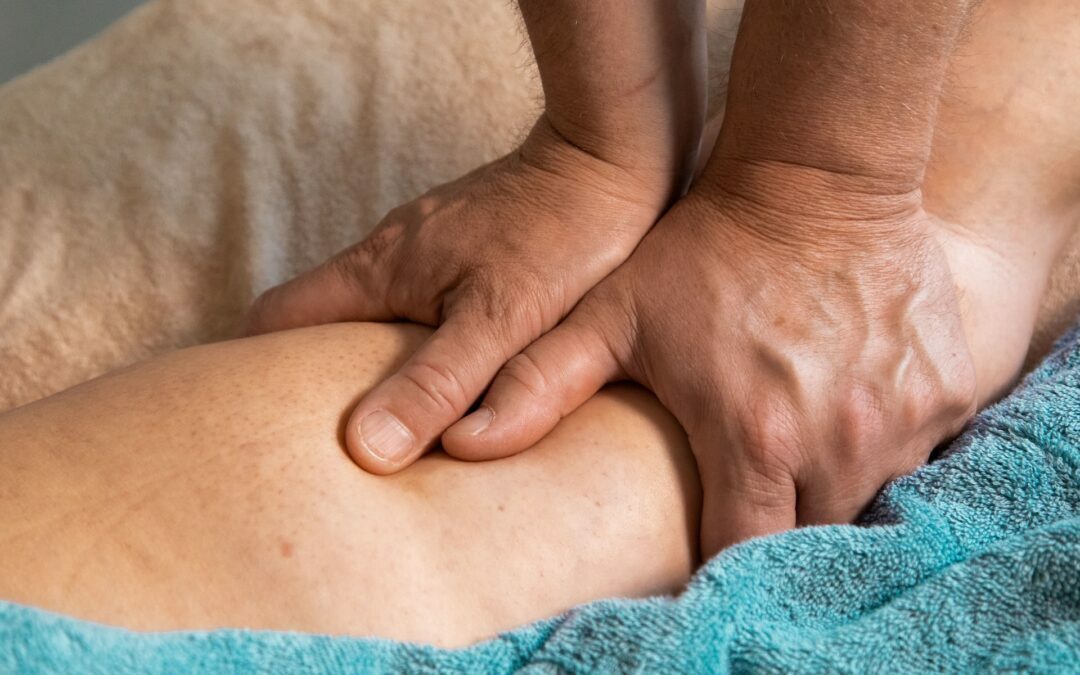Our mobility is essential for our quality of life because it allows us to travel, work, explore, and participate in activities that we otherwise would not be able to do. Because of this, we must take it upon ourselves to ensure that we care for our health and well-being to maintain our mobility. Unfortunately, many things can compromise our mobility, such as leg pain.
Leg pain is precisely what it sounds like: pain in the legs, ranging from mild aches to intense, chronic pain. It is usually treatable and can be managed through lifestyle changes, stretching, exercise, physical therapy, and medications. However, leg pain can have different causes, often overlooked until too late.
With this in mind, here are some of the most common causes of leg pain:
#1 – Arthritis
Arthritis is a condition that affects your joints and causes pain, stiffness, and swelling. There is no cure for it, but you can take steps to manage the pain. Exercise and maintaining a healthy weight can help. Additionally, using heating pads or ice packs on the affected joints can reduce pain and swelling, as well as over-the-counter pain relievers. This can make walking and doing other activities easier.
#2 – Muscle Cramps
A muscle cramp is a sudden tightening of a muscle, causing pain and a hard lump of muscle under your skin. It is more common as you age and can be caused by insufficient water in hot weather. While usually not a severe health issue, you must talk to your doctor if you experience them frequently.
#3 – Pulled Muscle
An overstretched muscle causes instant and intense pain. To treat it, use cold compresses for 20 minutes daily. Gently bandage the area, make sure it stays elevated, and take a break from activities. Taking a pain reliever can help with the discomfort.
#4 – Shin Splints
Shin splints occur when the muscles and tissues around the shinbone become irritated, causing pain near the bone’s inner edge. This is often seen in avid runners, but it can also be caused by having flat feet, hard arches, or wearing ill-fitting shoes. To treat this, rest your legs, apply cold compresses for 20 minutes a few times daily, and take over-the-counter pain medication as needed. If it gets more serious, see a doctor.
#5 – Sprains
An ankle sprain is an injury that occurs when the ligaments connecting bones in the ankle are stretched or torn. Symptoms include swelling and pain in the affected area, making walking difficult. You must rest and apply ice to the affected area and elevate it using a sling to treat an ankle sprain. You must also visit a doctor for an X-ray to check for broken bones.
#6 – Tendinitis
Tendons are strong, thin fibers that attach muscles to bones. When these tendons become inflamed due to overuse or injury, it can cause pain when the tendon connects to the joint. You must seek medical advice to rule out any underlying issues. Over-the-counter non-steroidal anti-inflammatory drugs such as ibuprofen or naproxen can help reduce pain and inflammation.
#7 – Electrolyte Imbalance
Electrolytes are minerals, such as sodium, potassium, and calcium, that help your muscles move and work properly. When you exercise, you lose some of these minerals through sweat, and if you lose too much, you can experience cramps, weakness, or numbness. If this happens to you, you may need to drink sports drinks with electrolytes or eat foods that contain these minerals and drink lots of water. If you experience cramping frequently, seek your doctor.
#8 – Peripheral Artery Disease
PAD is a medical condition that occurs when your limbs do not receive adequate blood circulation. This is typically due to the narrowing of the arteries. Symptoms include weakness or numbness in the legs or cramping while walking. The skin may become cold and discolored. Lifestyle changes such as quitting smoking can often help manage PAD, but medication or surgery may sometimes be necessary to treat the underlying cause.
#9 – Sciatica
Sciatica is caused by a pinched nerve in the lower spine, causing pain that can vary in intensity. It can cause a mild cramping sensation or an intense shooting pain, making it difficult to stand or sit. A shifted vertebra, a herniated disc, muscle spasms in the buttocks, or spinal stenosis can cause this pain. Your doctor may suggest taking over-the-counter pain medication or physical therapy. If the issue is more serious, surgery might be needed.
#10 – Spinal Stenosis
Spinal stenosis is when the spaces between your spine bones become narrowed, which puts pressure on the nerves in the area. This can cause pain, tingling, numbness, leg weakness, and balance issues. If you experience any of these symptoms, medication, and physical therapy can provide relief, though surgery may be necessary if those treatments don’t help.
Conclusion
Leg pain can significantly compromise your mobility, but it can be treated. All it takes is a proper diagnosis, followed by the right treatment plan you must follow. If medications do not work, seek immediate medical help because it may indicate a more severe condition.
If you need help with pain relief, QEStrong can help you! We offer comprehensive solutions to ensure your mobility is not compromised, and we also have solutions for other issues, such as allergies, weight loss, and general health. Call us today at 972-945-1126 to place an order!








I have been diagnosed with neuropathy. Do you have a pain patch that may help me?